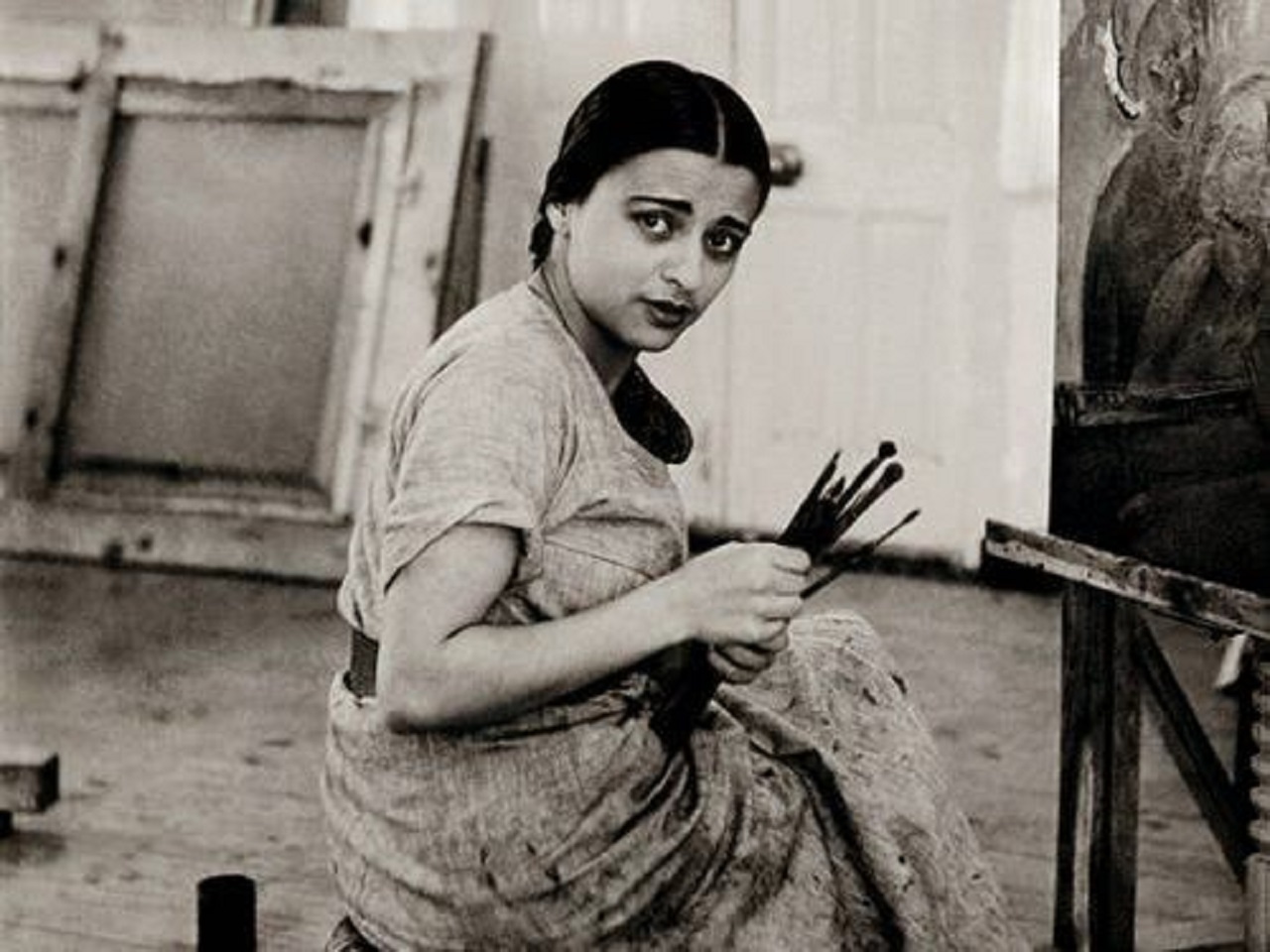New Delhi: Amrita Shergil is a much celebrated name in India, for her excellence in the field of art. Today even 76 years after her death, her name is counted as among of the most amazing painters India had. Though she just lived for 28 years, but she left an incredible mark on the history of contemporary Indian art.
Amrita Shergil is often referred to as India’s Frida Kahlo, but doing a comparison of an artist like Amrita with anyone would not be justified. As she was a wonderful artist in her own right, not actually someone who needed to be compared to another person for her greatness and excellence in the field.
Though Amrita was to an Indian Punjabi father, she by no means was a typical Indian woman, who would have just acquired basic knowledge about household job and how to raise kids. Amrita since childhood had interest in painting, seeing her keen interest in the field her parents encouraged her to achieve whatever she had dreamt of. She began painting by herself when she was five year old and her parents arranged for her to have lessons for painting.
As she grew up into a teenager who was gifted with such a talent, her mother decided to take her to Europe as she wanted her to get the right exposure to various genres of paintings. But surprisingly it was only after coming back to India, a girl born in Budapest realized her full potential. Therefore one can notice a perfect blend of Western and Indian techniques in her works, such a blend of different cultures had given her paintings an exotic appeal combined with earthiness.
‘Young Girls’ in 1932 is considered to be her initial major works. For her painting, ‘Young Girls’, she was elected as an Associate of the Grand Salon in Paris in 1933. She was the only Asian to have received such an honor.
She returned to India and started getting acquainted with the traditional forms of Indian art. She was influenced by Mughal and Pahari schools of paintings. She had done a tour to South India in 1937 and produced some paintings which would go on to become very famous, like ‘Bride’s Toilet’, which depicted a bride getting ready for her big day.

There were two more paintings which she completed during her South Indian tour and therefore the three paintings were popularly called trilogy. These paintings were ‘Brahmacharis’ and ‘South Indian Villagers Going to Market’. Her attempts to use classical Indian style of painting were witnessed in these three paintings.
She always had soft corner for the ones who were in need, she was able to connect to the problems of Indians especially to that of Indian women. She often painted worryingly thin figures with uninviting expressions on the faces to depict the difficult life of Indians during the British rule.
First phase of painting of Amrita had begun when she returned to India in 1934, as it marked her evolution as an artist. After her marriage, the second phase of her painting started. The paintings by her during this phase were even compared to the works of the masters of the Bengal School of art. After her marriage she moved to Lahore in September 1941 with her husband. Lahore was considered to be the prime artistic hub, then. She was supposed to open her very first grand solo show in Lahore but her untimely death shocked her admirers.
Though she lived in many other countries as well, but she could only feel at home in India where she was able to pursue her artistic abilities. She felt that the purpose of her life was to portray the life of Indian people through her canvas.









